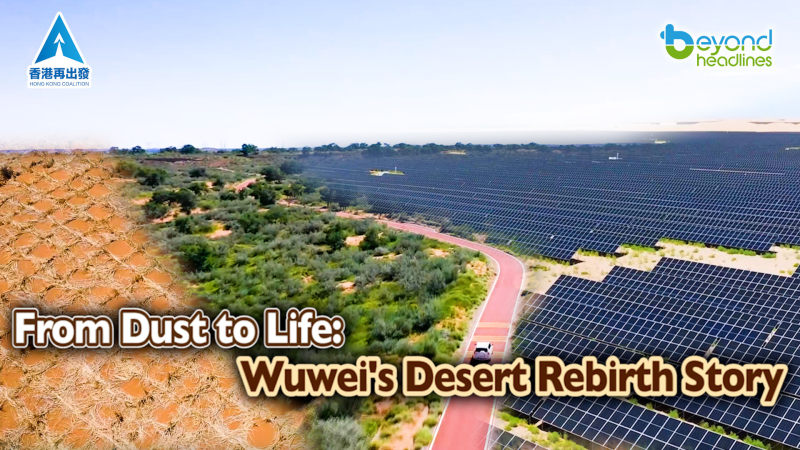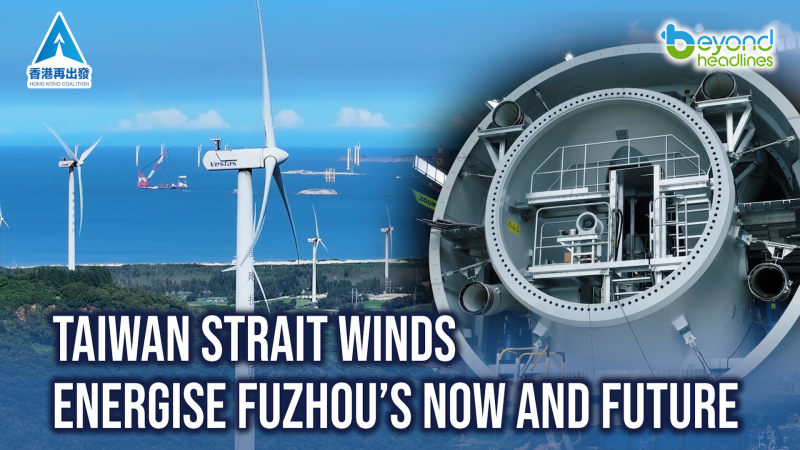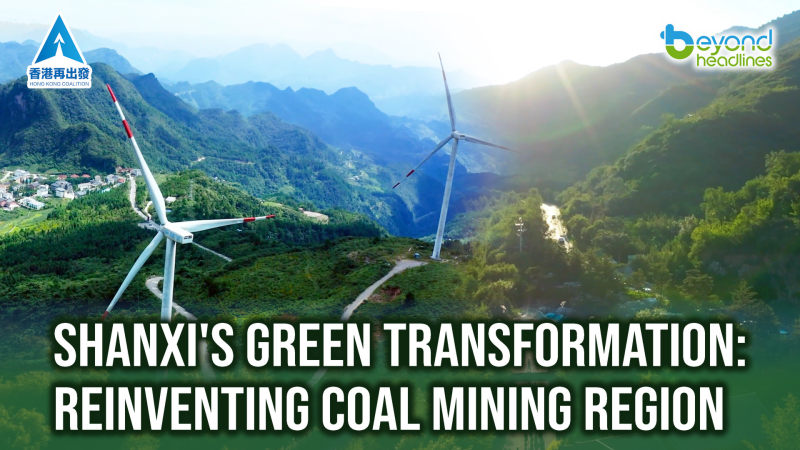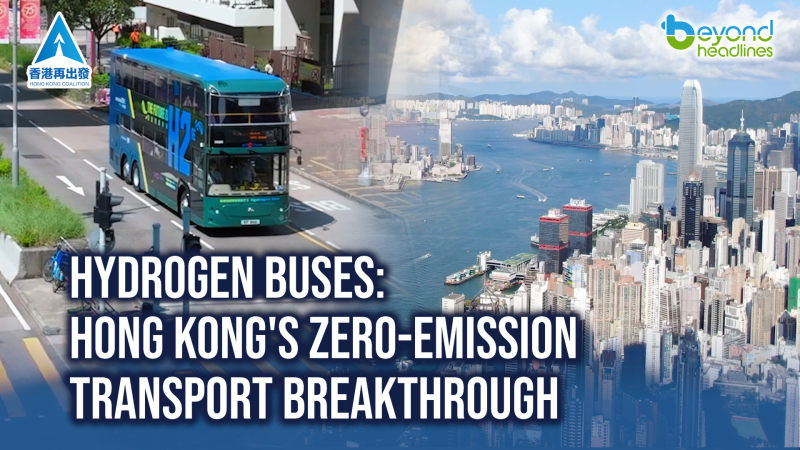Iris Wong / Host
This isn’t your average bicycle—it’s a hydrogen-powered shared bike! Just 50 grams of hydrogen fuel delivers a 60 km range. To put that in perspective, 50 grams weighs about as much as a chicken egg.
In Xiaoyi, Shanxi Province, the Pengwan Hydrogen Energy Industrial Park combines the entire hydrogen value chain—from production and storage to transport, refueling, R&D, and equipment manufacturing.
Iris Wong:
Is this the hydrogen-powered truck you were driving earlier?
Yang Lijun / Hydrogen Truck Driver, PengFei Group
Yes, this is it. Let me explain: Here’s our hydrogen stack—the core fuel cell sits here, with these hydrogen storage tanks alongside it.
As hydrogen demand grows, so does the need for more refueling stations.
Wang Yingdong / Station Manager, Hydrogen Energy Island, PengFei Group
The key difference? Hydrogen stations handle high-pressure gas. Hydrogen atoms can weaken metals, requiring stricter storage and transport standards than traditional fuel.
Hydrogen is the 21st century’s most promising clean energy. Its development marks a crucial step in tech innovation and energy expansion. In Nanhai, Foshan, hydrogen buses serve commuters while e-bikes cater to leisure riders. Meanwhile, dump trucks and heavy-duty vehicles are switching to hydrogen fuel cells.
Iris Wong:
We’re in Foshan at Dancun Garden—China’s first hydrogen-powered smart energy community. With 1,700+ apartments, it’s currently 40% occupied.
Every home here runs on hydrogen fuel cells.
Dancun Garden uses two energy sources: large commercial fuel cells for air conditioning and heating, plus individual residential systems in each unit.
Zhang Renzhe / Deputy General Manager, Zhongke Rungu Smart Energy Technology
This is the residential fuel cell system.
Iris Wong:
It’s compact.
Zhang Renzhe:
About the size of a small fridge, it generates 16–17 kWh daily—covering 80% of a household’s energy needs. It also heats water for showers, kitchens, and bathrooms.
This is our commercial-scale system—the world’s largest single-unit installation. Four units power the entire community, each producing 440 kWh of electricity and equal hot water per hour.
With the AC on, you can see usage hit 1.2 kW. Our residential system supplies 0.7 kW, and the grid covers the rest.
Iris Wong:
What’s the benefit for users?
Zhang Renzhe:
It’s nearly zero-carbon. Residents save about 40% on energy costs.












